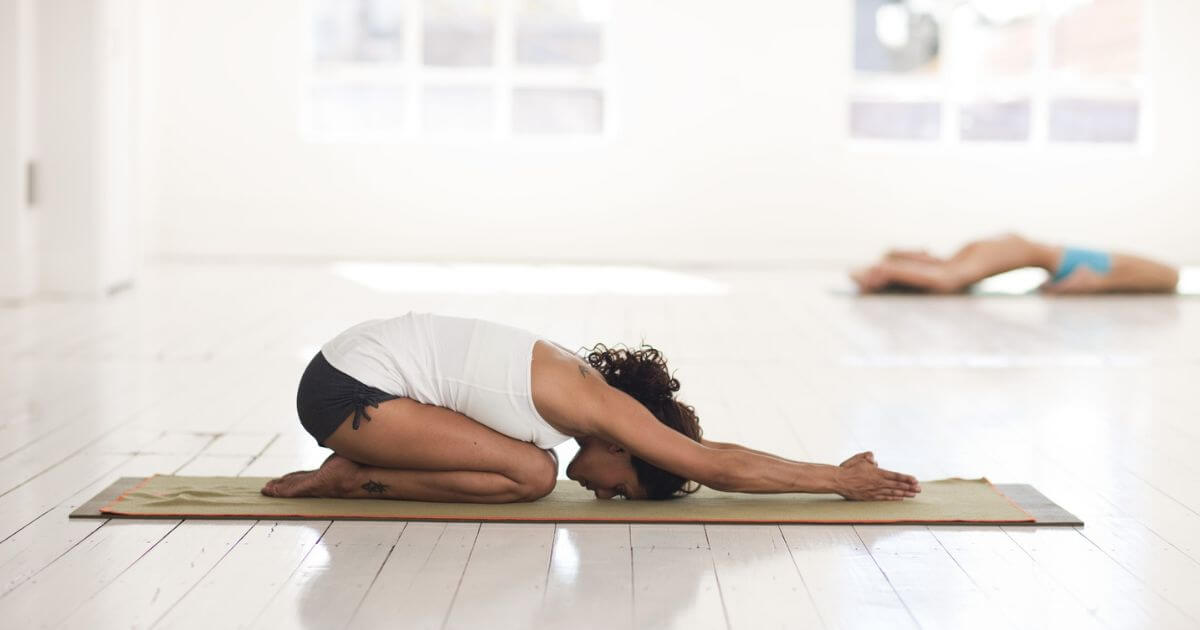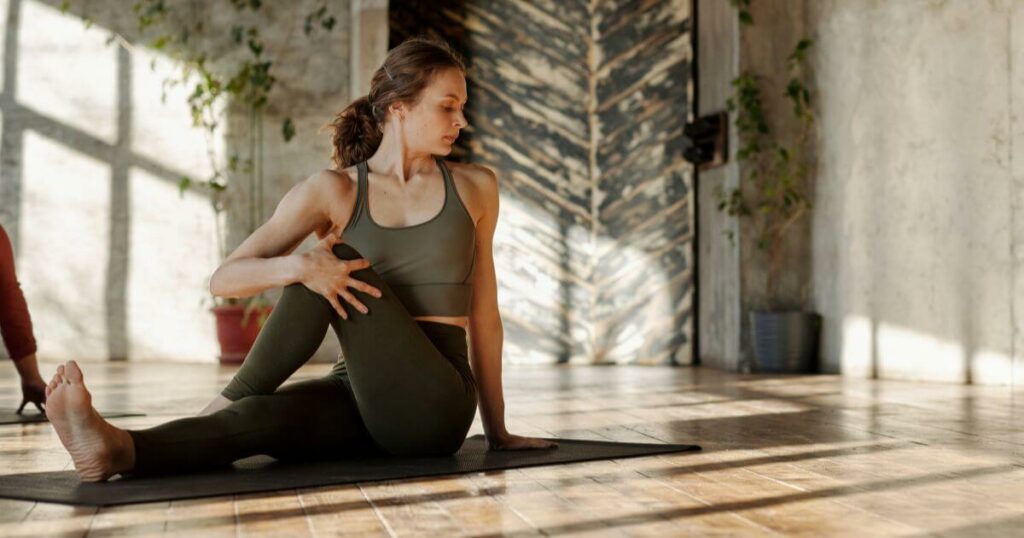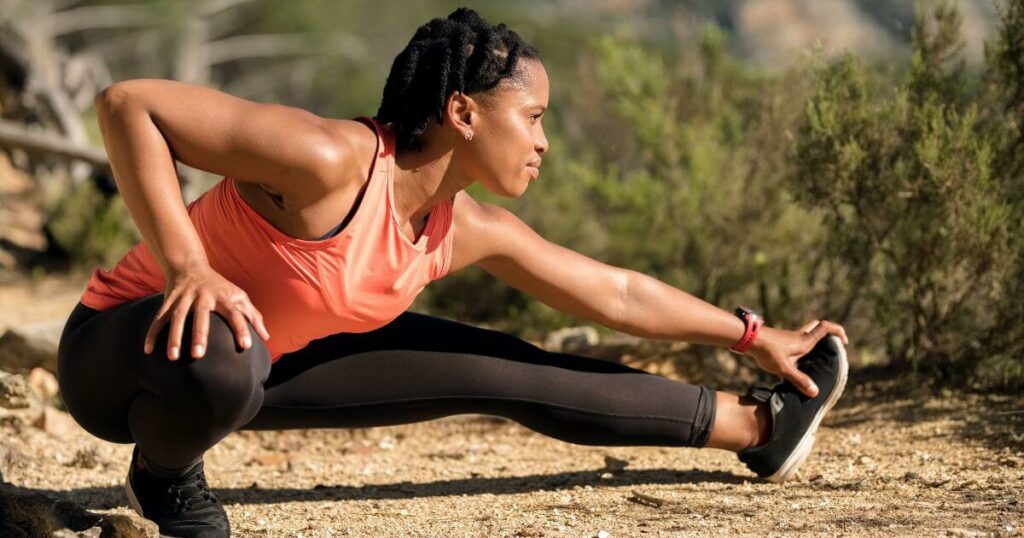
Cardiovascular health is undoubtedly important, especially in today’s world where obesity seems to be more rampant than ever and is linked to a host of health complications.
Getting in the right amount of moderate-intensity physical activity and managing your pulse (or heart rate) is essential.
On the topic of heart rate, it’s essential to know what the expectations are. What is the heart rate of a 10-year-old exercising? What is the heart rate of a 13-year-old exercising? These will naturally be vastly different.
Below is a look at some essential details to know about your heart rate target zone for the beats per minute, as well as the kind of physical activity you may want to focus on for the best results.
Moderate Intensity Exercises Are Great for Disease Control and Overall Heart Health
Make no mistake, some people can handle greater intensity and have a much higher estimated maximum heart rate than others without any worries.
However, those with heart disease concerns, alongside others, may want to take a safer approach.
For example, the target heart rate for exercise after a heart attack may not be the norm, so it’s always good to have your doctor tell you what kind of elevated heart rate and resting heart rate are appropriate.
In most cases, moderate exercises will provide all the physical activity you need.
What Is the Target Heart Rate Zone When Exercising?
When you talk about the target heart rate zone, you’re talking about the most optimal number of beats per minute your heart should be registering for both weight loss and cardiovascular benefits without having to overwork.
To find this golden number, you will need to know both the intensity level of your workout and your maximum heart rate (MHR).
You will always start by subtracting the age from 220. For example, if you’re looking at the heart rate of a 14-year-old exercising, it would be 220 – 14, which would be 206.
A moderate-intensity workout is 50%-70% of this heart rate, which in this case, would be 103 – 144 beats per minute.
How Does Exercise Intensity Affect the Heart Rate?
The two have a linear relationship. Greater intensity will usually mean a greater heart rate. Breathing exercises for heart palpitations probably won’t see you going too far from your resting heart rate.
However, if you should take a jog around a track, which is more intense, then you should expect to see greater elevation.
How Does Your Maximum Heart Rate Fit into Things?
Some people will do exercise testing to see how it affects their heart rate, especially when they want to get a feel for the maximum and there’s a good reason for this.
Your maximum heart rate is more than just a number. It’s your cardiovascular system’s highest number of beats per minute.
As indicated before, the calculation is 220 minus your age. So if you wanted to calculate the maximum heart rate for a 16-year-old exercising, it would be 220 – 16, which is 204.
Make no mistake as this would not be the normal heart rate after exercise for a 16-year-old. In fact, you should almost never operate at or near that number.
It’s meant to be used as a benchmark on your way to figuring out the target heart rate that you should be going for.
Can You Determine Your Heart Rate?
It’s actually pretty straightforward to determine your heart rate. Sometimes people will want to take a measure of exercise intensity on the fly to keep things in check.
All you need to do is stop, spend 15 seconds taking your pulse, and then multiply the resulting number by four.
To simplify things, imagine you were doing breathing exercises for your heart. Stop and place your index and third fingers over your wrist (on the radial artery) and count the beats.
If you get 20 beats in 15 seconds, then your heart rate would be 80 beats per minute.

Is Cardio the Best Exercise for Your Heart Muscle?
Cardio is undoubtedly great for reaching your target heart rate and allowing the cardiovascular system to gain strength and improve function. However, it’s always good to have a balanced program.
Try to incorporate resistance training into the regimen as well. If you have a leaky heart valve, consider doing more breathing and controlled movements such as yoga.
How Much Activity Does the U.S. Centers for Disease Control Recommend?
The U.S. Centers for Disease Control recommends that people get in at least 60 minutes of physical activity daily, with the majority coming from moderate to vigorous exercise.
According to the American Heart Association, moderate-intensity will get you to the 50%-70% of the MHR, while vigorous workouts will get you to the 70% to 80% mark.
Wrapping Up
Understanding your target heart rate, maximum heart rate, and how to use physical activity correctly is key to a healthy cardiovascular system. Make sure to incorporate the insights above!








